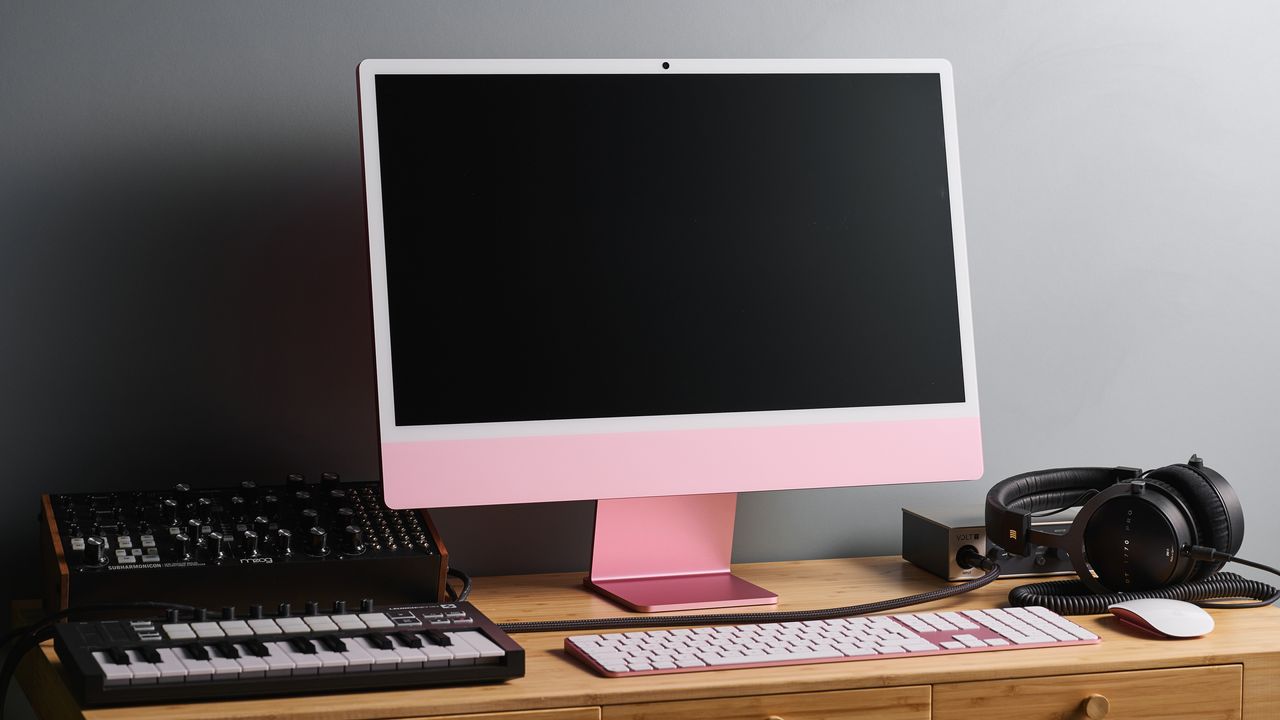
What is it?
It’s a bit of a left-field choice in a field dominated by MacBooks and the Mac Mini, but if you’re after a PC for music production, then you might well want to consider the convenience of the all-in-one Apple iMac M4. While admittedly not the first thing that comes to mind for musicians, as we’ll find out, it makes a rather stellar case for being the next centrepiece of your home studio.
The latest iMac design hasn’t changed all that much from the previous M-chip iterations, featuring a super-thin design attached to a stand. Essentially, it’s a 24-inch monitor with a computer built into it. It’s available in 7 colours, with my review model coming in a rather fetching pink number, and this is matched in the peripherals, which also feature pink accents, even down to the USB cables.
The 24-inch monitor delivers 4.5k performance, which means those waveforms will look crisper than ever, although it’s not as bright as the equivalent MacBook Pro with 500 nits to the Pro’s impressive 1000. Still, with over a billion colours, it’ll be absolutely fine for any music production needs, and you’ll still be able to watch your favourite shows on it with impressive clarity.
Aside from the base model which only features two Thunderbolt ports, all the other versions now have four Thunderbolt connections, perfect for pairing with a high-powered audio interface. Depending on which model you go for, these ports can support up to two external monitors at 6K, or one external monitor at 8K, should you wish to plug a large high-resolution screen in for those projects with massive track counts.
Apple’s Unified Memory is configurable from 16GB up to 32GB depending on how you spec it out, and storage space ranges from a 256GB SSD right through to a full 2TB. The 12MP webcam records in full 1080p, so you should look sharp as a tack when chatting to clients remotely, and while you wouldn’t want to mix on them, there’s a six-speaker system with force-cancelling woofers, which in plain English means two woofers firing away from one another in perfect unison to prevent unwanted vibrations.

Performance
Unboxing the Apple iMac M4 turns out to be a surprisingly laborious task, and the word over-designed comes to mind when I think of the box it comes in. Most people will only be doing this once, but I’m already dreading the thought of having to put my review model back inside when it comes to it.
Inside is a full-size Apple Magic keyboard with Touch ID and number pad (great for Pro Tools users), and a Magic Mouse. Both look rather striking with their usual white design offset by soft pink accents, with the keyboard having white keys and a coloured frame, while the mouse features the standard white top while being coloured pink on the underside.
Pulling the computer itself out of the box I wouldn’t call it lightweight, but it’s impressively skinny. I have an old Intel iMac at home and it’s much thinner than that. The attached stand manages to be quite skinny, but feels very solid once I place it on my desk. There’s a white bezel that runs all the way around the screen which runs counter to MacBooks which typically have a black bezel.
The power block has an Ethernet port built into it, and a pink cable that works similarly to the MagSafe charging cable you get on a MacBook. It’s quite a chunky thing, but the plug end clicks in satisfyingly and easily, feeling very robust once in place. In the box, there’s also a USB-C cable for charging the peripherals, coloured pink, of course.
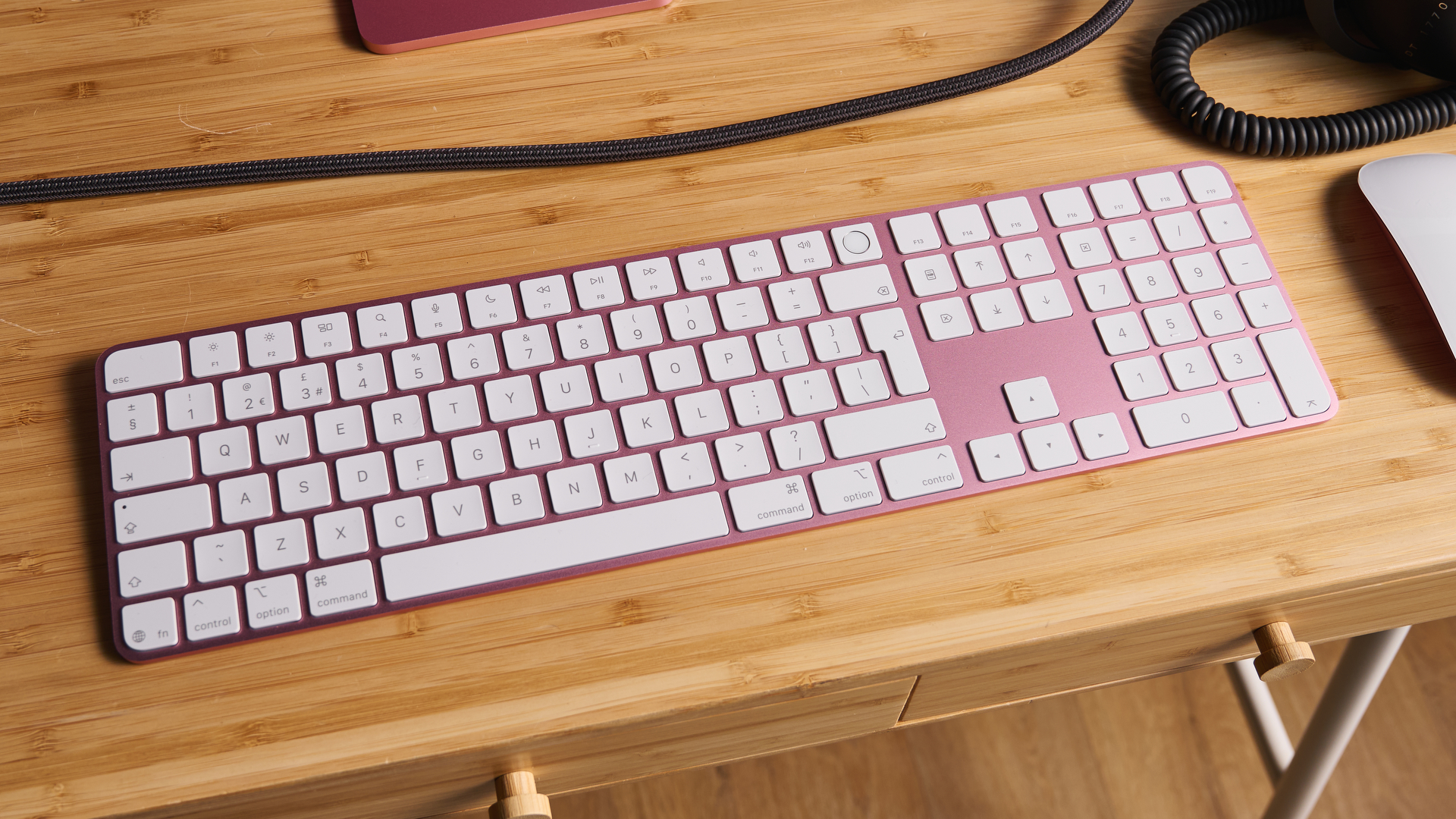
Sitting the iMac on my desk and powering on, I’m greeted by the usual ultra-smooth Mac workflow. The screen is sharp yet has a silky glow to it, with the white bezel adding to the feeling of lightness. The Magic Keyboard keys are similarly soft, offering a very quiet typing experience that’s comfortable, although there are no legs to prop the keyboard higher up if that's your preference.
The Magic Mouse also feels fluid in use, adapting to your hand movements by zipping across the screen when you move quickly but staying steady when making incremental changes. It feels great and becomes an extension of my hand almost immediately, but I still can’t fathom that USB-C port placement. It means you can’t use it while it’s charging and for those running professional studios, the last thing you’d want is the inability to use your mouse while working with a client.

I also find myself getting frustrated with the scroll action, which I frequently set off accidentally as I go to click on things. Without a specific button to press on the mouse, it feels little too easy to set off without meaning to. As I go to click on something on screen, I instead end up scrolling down or up by mistake. Also by default there’s no right click enabled, so I have to press control and click, which doesn’t really work for my workflow. You can change this in System Settings though.
Downloading Pro Tools takes much longer than actually installing it, with the grunt of that M4 processor easily dispatching with such a simple task. With my DAW installed, I plug in my Audient iD4 MKII interface with my studio monitors and studio headphones to set about stress testing the Mac to see what it’s capable of with the D-Verb test.
This consists of playing a 1k sine wave for five minutes through a selection of audio tracks, each running 5 instances of the D-Verb reverb plugin on the insert. While this isn’t a realistic way people will be using their machines for production, it is a quick and easy test to see what a computer is capable of.
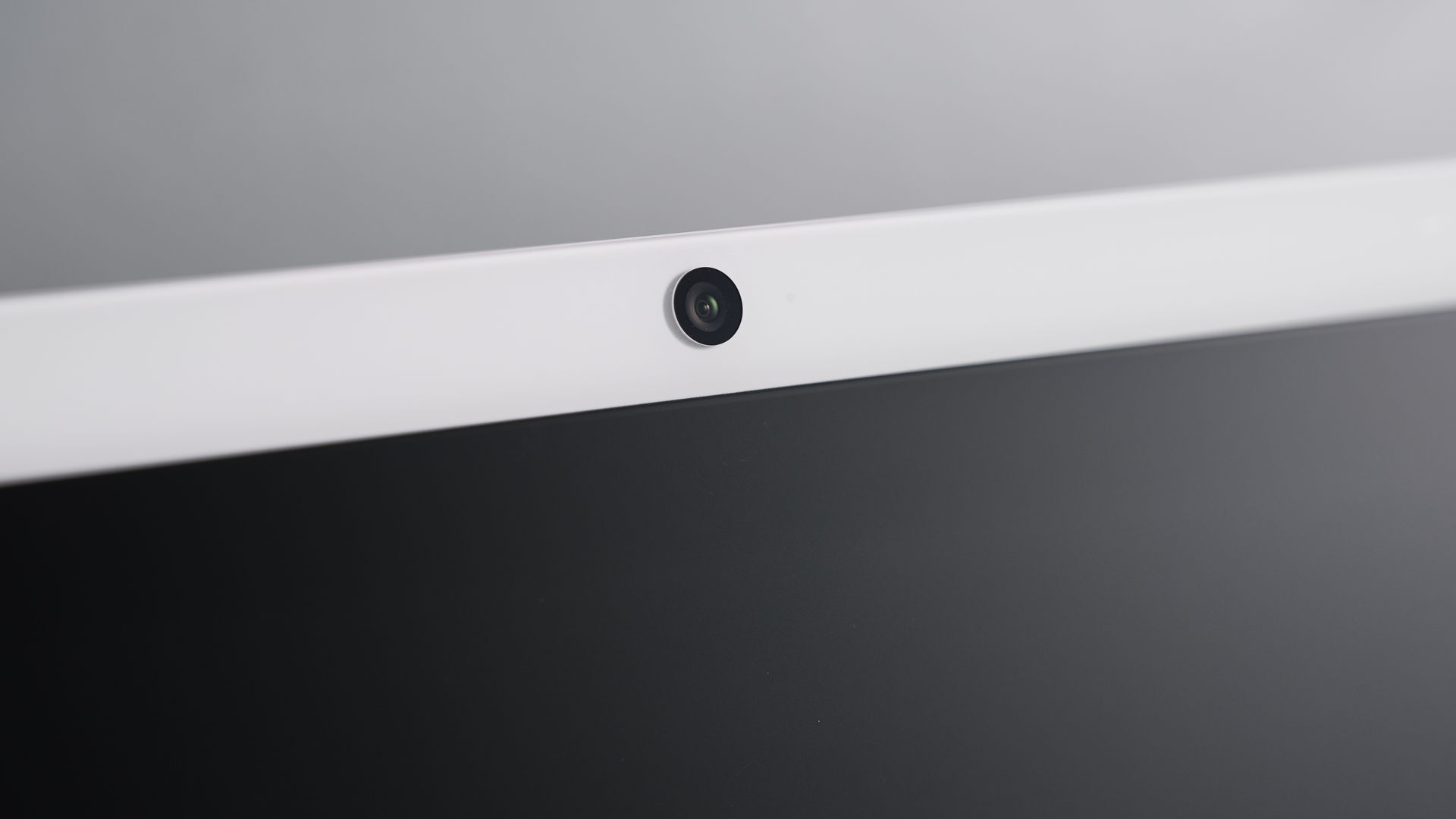
At the baseline level of 50 tracks, the iMac M4 barely got into its stride, hitting around 32% in the total system usage window in Pro Tools. Moving on up to 150 tracks, which is 750 instances of D-Verb I hit 40% of system usage, which is very impressive. Doubling that number to 300 and we start to see the needle moving higher, hitting around the 72% mark. Once I hit 400 tracks, which is a pretty astonishing 2,000 instances of D-Verb, it starts touching 90%.
With another 50 tracks added I finally get it to 100% capacity, which as it turns out is around the same as the MacBook Air M4 that I recently tested. It is a ridiculously high ceiling and as with all the Apple Silicon chip-equipped machines, more than enough performance for the vast majority of music producers.
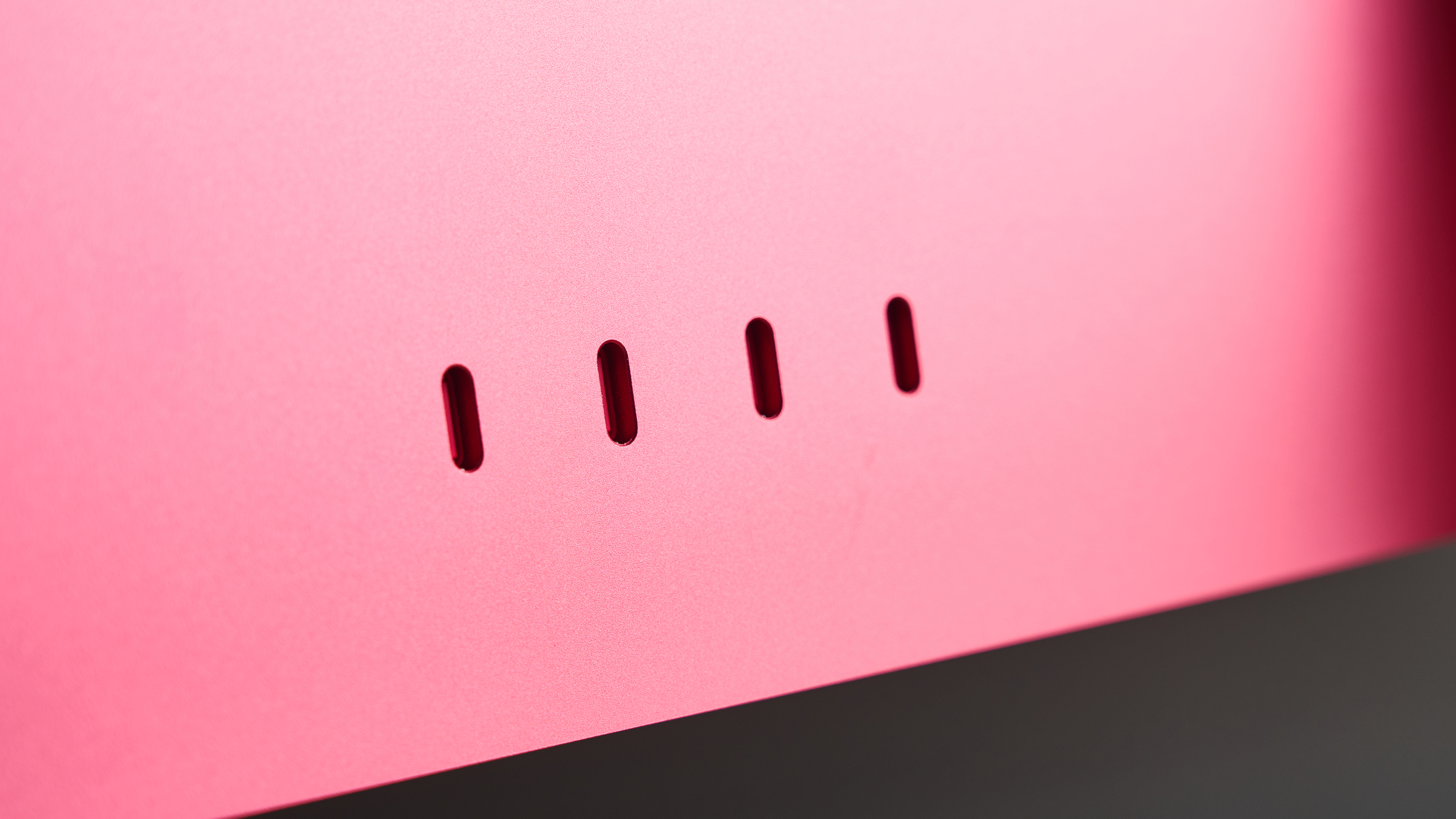
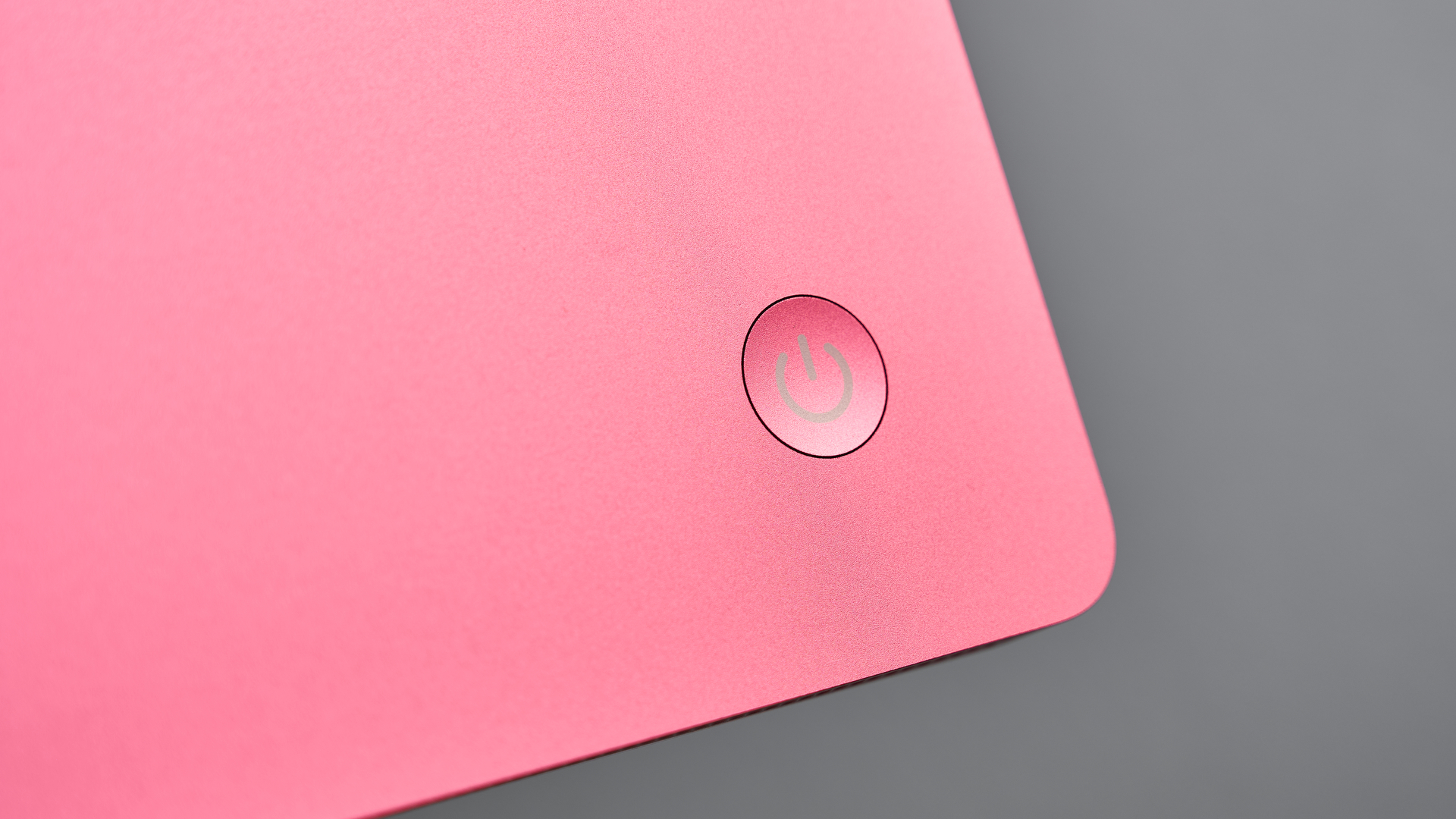
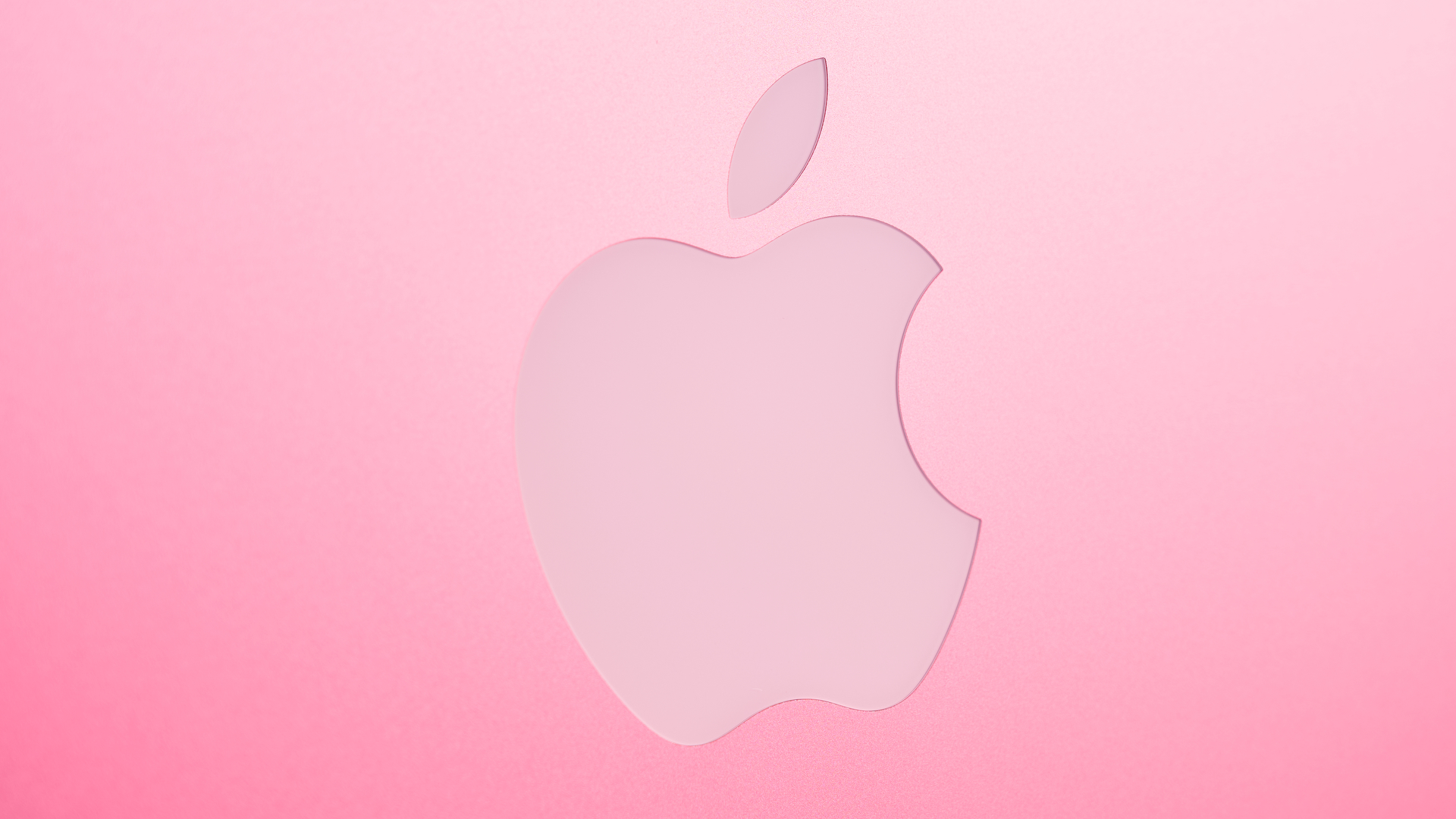
Verdict
So is the Apple iMac M4 the right music-making machine for you? Well, it’s a bit of niche Mac for music production in my opinion. Yes, it has plenty of power for all your production tasks but buying a Mac Mini M4, a separate monitor, mouse, and keyboard will still be considerably cheaper than the iMac if you’re frugal with your choices of peripheral. The ability to separate your monitor and computer in the studio itself also makes this setup a lot more versatile.
If you’re short on space however, the iMac M4 would be a really good choice as it combines the two main elements into one. It is however, not as compact as a laptop, which then gives you the advantage of being able to take your music-making on the road with you. Depending on how you spec’d it, a MacBook could also be cheaper. It leaves the iMac in limbo a bit when it comes to music production, as I can’t really see it appealing to traditional recording studio work or the modern, mobile music maker.
MusicRadar verdict: While the Apple iMac M4 is more than powerful enough for the vast majority of music-making tasks, its form factor means that it sits in between the studio staple Mac Mini and a MacBook Pro or Air. For the majority of producers, the iMac probably isn’t the right choice, but for a specific bracket that work from a home studio and doesn’t need something mobile, it’s a fantastic way to save on space versus a traditional PC, and get an all-in-one workstation that looks and feels incredible.
Hands-on videos
David Lewis
SPACE DESIGN WAREHOUSE
Simple Alpaca
Alternatives
Specs
Launch price |
$1,899 | £1,899 | €2,249 |
Key features: |
Operating system: macOS Tahoe 26 Processor: 10-core CPU with 4 performance cores and 6 efficiency cores Graphics: 10-core GPU Display: 24-inch 4.5K Retina display 4480-by-2520 resolution at 218 pixels per inch with support for 1 billion colors 500 nits brightness Wide color (P3) True Tone technology Memory: 16GB Unified Memory, configurable to 32GB (as reviewed) Storage: 256GB SSD, configurable to 2TB (as reviewed) I/O: Four Thunderbolt 4 ports with support for: Thunderbolt 4 (up to 40Gb/s) USB 4 (up to 40Gb/s) USB 3.1 Gen 2 (up to 10Gb/s) DisplayPort 3.5 mm headphone jack with advanced support for high‑impedance headphones Gigabit Ethernet Power: 143W power adapter |
Dimensions: |
18.1 x 21.5 x 5.8” |
Weight: |
4.44kg (9.79lbs) |
Contact |







